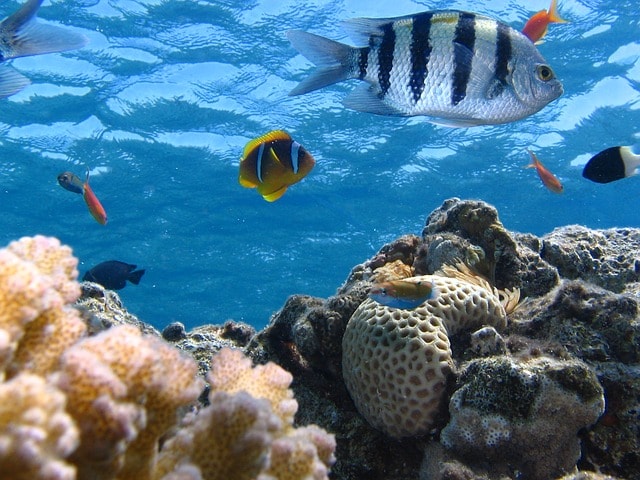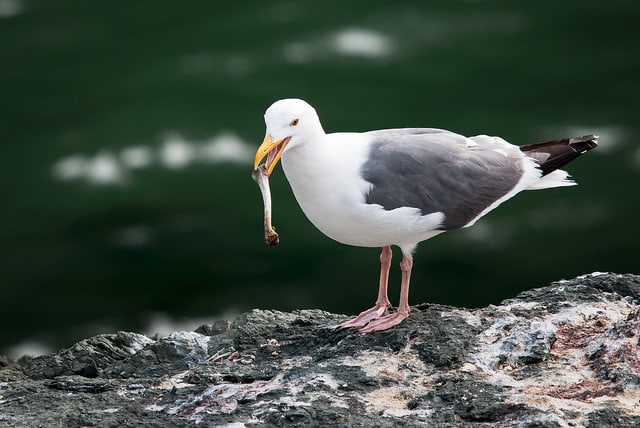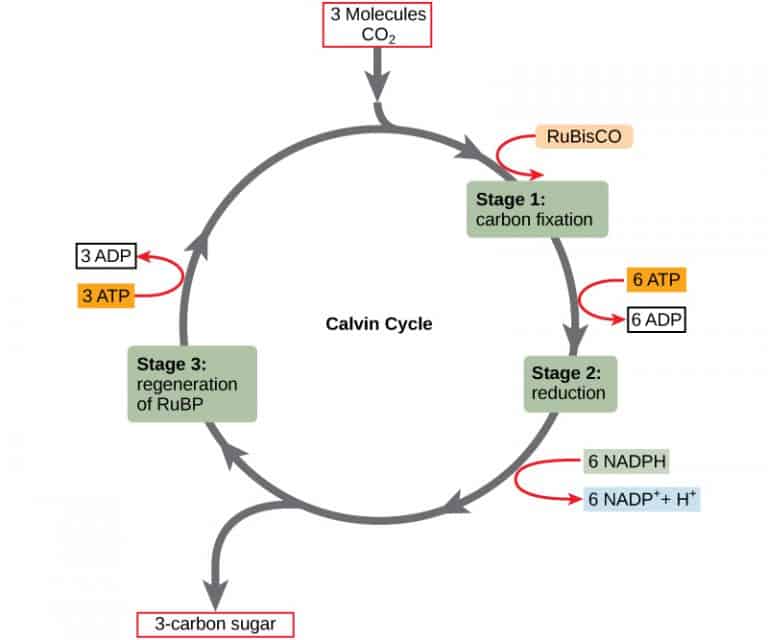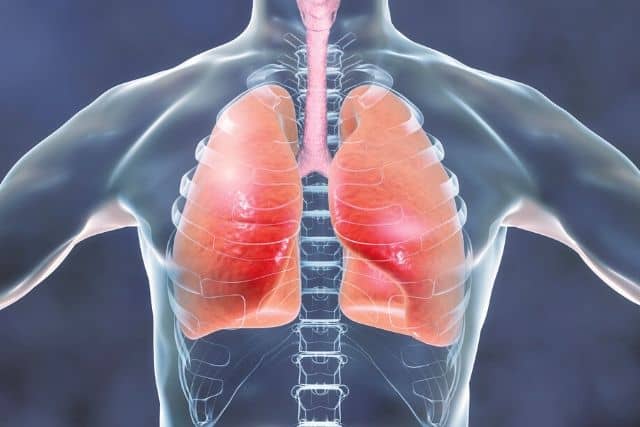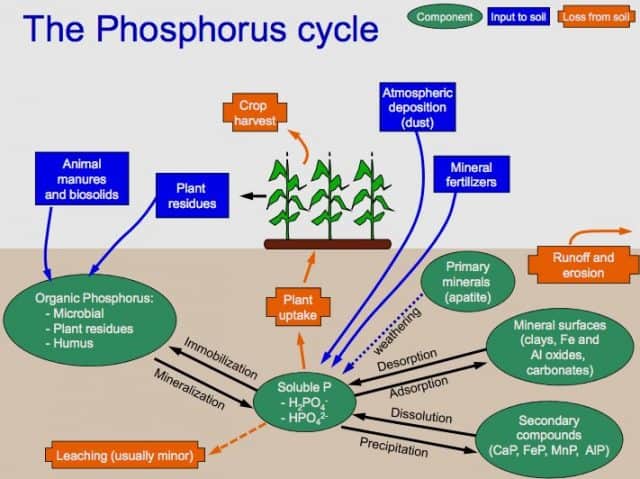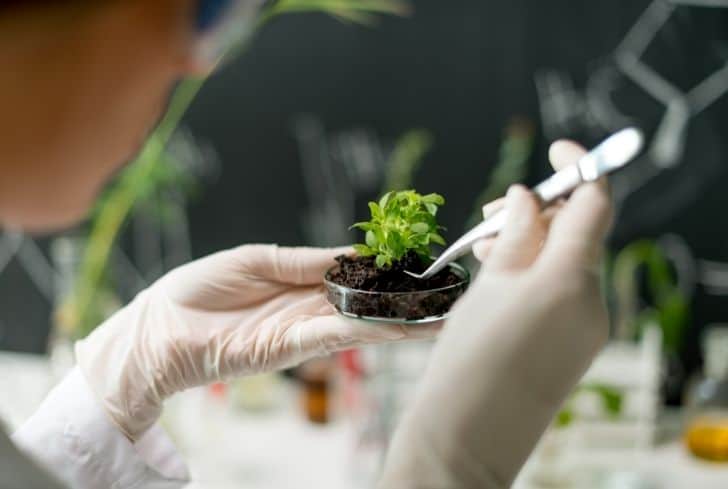What are Producers and Consumers in Biology? – Definition & Examples

In daily life situation, the term consumer could mean someone who buys goods and producer might refer to a factory that manufactures the goods.
The general concept is the same in biology, but the specifics are somewhat different. In biology, producers and consumers refer to living organisms. While producers manufacture their own food, consumers get their food from producers either directly or indirectly.
Let’s have a detailed look at each of these groups of organisms.
What Are Producers in Biology?
Organisms that manufacture their own food are known as producers or autotrophs. Energy from the sun or chemicals is one of the major ingredients of this food. With the help of water, producers convert this energy into sugar or food, which are usable forms of energy.
Producers are largely green plants, which use sunlight and water to generate glucose through the process of photosynthesis. While algae are protist, as a special type of single-celled organism with a cellular structure different from that of plants, it also can make its own food. It is, therefore, a producer.
Green plants are found largely on land, but algae are common in aquatic ecosystems. Single-celled bacteria can also qualify to be producers. Plants can’t survive deep down the ocean surface as virtually no sunlight reaches there for them to make food.
But single-celled bacteria can make their food through the chemosynthesis process. In chemosynthesis, chemicals released from hydrothermal vent deep in the sea are collected and converted into the same type of food that plants produce.
Producers make food not only for their growth and reproduction buts also for the nourishment of the rest of the ecosystem.
What Are Consumers in Biology?
Organisms that need to feed on other organisms to obtain their energy are known as consumers or heterotrophs. They don’t manufacture their own food. The most commonly known consumers are animals and birds, but there are also lesser known ones, such as fungi.
Fungi obtain their food and energy by inserting tiny tubes into other organisms and sucking nutrients out of them. Single-celled organisms can also be heterotrophs. Amoeba, for example, chases after other microscopic organisms, engulfing them for nourishment and energy.
Acting as decomposers, bacteria in the soil consume dead organic matter and break it down to be recycled back into the ecosystem.
Now that you know what are producers and consumers in biology, let’s look at a few examples of each.
Examples of Producers
Producers can be grouped into three broad categories:
- Plants
- Phytoplankton
- Cyanobacteria
Shall we take a deeper look at each of these?
1. Plants
There is an incredibly vast variety of plants, all of which share the same mechanism for photosynthesis. The process of photosynthesis takes place in specialized organelles knowns as chloroplasts. Chloroplasts are composed of pigments such as chlorophyll. These pigments are normally contained in a shell of membrane-bound proteins knowns as light-harvesting complexes.
In the shell, the pigment loses a high-energy electron, thanks to light-driven oxidation. The electron then gets into an electron transport chain, traveling from one protein to another. It loses energy in the process that also sees a series of oxidation and reduction reactions.
As a charged particle moves through the electron transport chain, it also powers a proton gradient across the membrane. The electron transport chain together with the proton gradient, fuel the formation of the cell’s energy currency, Adenosine Triphosphate (ATP).
2. Cyanobacteria
Cyanobacteria are photosynthesizing prokaryotes. Initially, they were classified as algae, thanks to their photosynthetic activity. In fact, the term ‘blue-green algae’ is still being used informally to refer to these prokaryotes.
Cyanobacteria are vital for the health and survival of aquatic ecosystems as they play an integral role in generating carbon and nitrogen. Organisms in the shallow waters, open seas, and the ocean bed feed on cyanobacteria. This makes cyanobacteria one of the most important primary producers in marine ecosystems.
3. Phytoplankton
Phytoplanktons are microscopic plants that float freely in the ocean. They perform most of the photosynthetic activity of the marine ecosystem and play an integral role in maintaining the levels of oxygen of both the ocean and the atmosphere.
Phytoplanktons are consumed by zooplanktons, which are microscopic herbivorous animals. Zooplankton are in turn consumed by organisms higher up in the trophic pyramid.
Examples of Consumers
There are four types of consumers in an ecosystem:
- Primary consumers
- Secondary consumers
- Tertiary consumers
- Decomposers
1. Primary Consumers
Primary consumers are largely herbivores who only eat plants, vegetables, grass, or other types of vegetation. An example of an herbivore would be ruminants.
Ruminants such as sheep, cow, and goats graze on plant material such as leaves, twigs, and grasses. The cellulose present in the cell walls of plants is difficult to break down. Hence, ruminants have various adaptations that make it easy for them to obtain nutrients through fermentation and digestion in their stomach’s four specialized chambers.
2. Secondary Consumers
Secondary consumers are organisms that consume other consumers. They are largely carnivores. An example here would be the big cats.
The big cats include lion, tiger, jaguar, and puma. They feed largely on herbivores. They also have no predators in their natural habitat and hence considered as apex predators. But a leopard is an exception as it is sometimes predated by tigers and lions.
3. Tertiary Consumers
Tertiary consumers are also known as omnivores. They are a combination of primary and secondary consumers as they feed on both plants and meat. An example of tertiary consumers would be humans.
Humans have a vastly varied diet. They eat foods from all trophic levels, including decomposers like mushrooms.
If you choose to be a vegetarian, you would be classified as a primary consumer since you only consume plant material. If you eat food such as grain-fed chicken, you would qualify as a secondary consumer. But if the chicken also feeds on insects, then you qualify to be a tertiary consumer.
4. Decomposers
Decomposers feed on the remains of dead animals and plants. Examples of decomposers would be bacteria or fungi.

